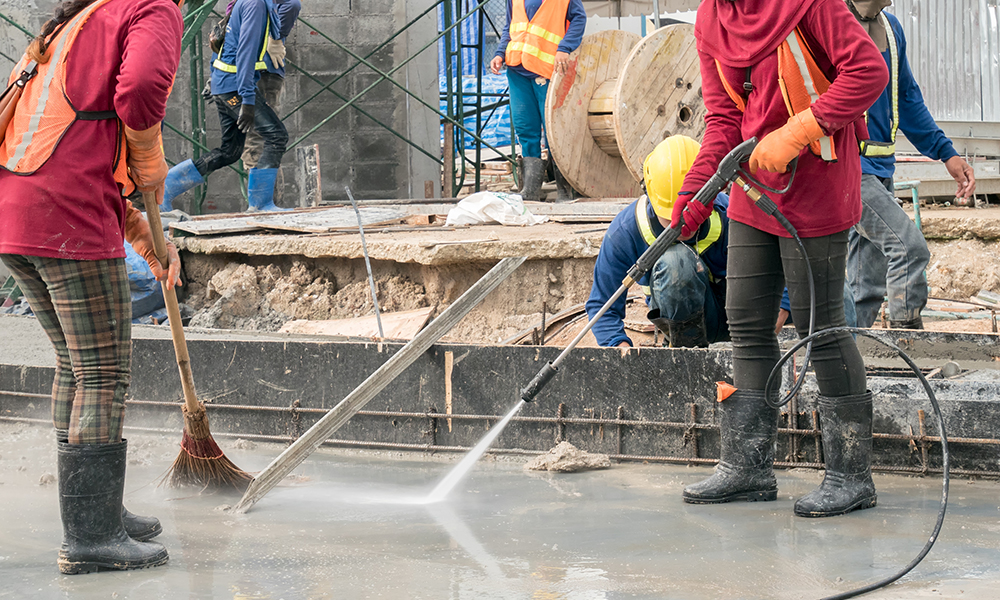Landscaping projects sometimes involve digging, grading, and transporting soil and materials—activities that often generate more dust. While small landscaping projects may not appear as disruptive as large-scale construction, dust can pose significant challenges. It can impact air quality, harm workers’ health, and disturb neighboring properties. Addressing DustControl in small landscaping efforts is essential for ensuring a successful project that prioritizes safety, environmental care, and community harmony.
Health risks for workers and clients
Dust generated during landscaping activities contains fine particles that can pose health risks if inhaled. Soil, mulch, and construction debris often release particles that irritate the respiratory system, causing conditions like asthma or bronchitis. Workers, who are frequently near these dust sources, are at the highest risk, but nearby residents or clients can also be affected. Implementing dust suppression measures, such as dampening the soil or using protective gear, helps minimize exposure and ensures the well-being of everyone involved in the project. Even on a smaller scale, responsible dust management makes a significant difference, ensuring that every project is completed safely, efficiently, and with lasting positive effects on the environment and community.
Protecting the surrounding environment
Landscaping projects typically occur in outdoor settings where dust can easily spread beyond the work site. Without proper containment, dust can settle on nearby vegetation, vehicles, or buildings, creating a nuisance and even causing damage. In environmentally sensitive areas, excessive dust can disrupt local ecosystems and harm wildlife. Simple solutions, like using ground covers or wind barriers, can help contain dust and protect the surrounding environment, ensuring that the project has minimal ecological impact. Additionally, employing water sprays or soil stabilizers can further suppress dust and prevent it from becoming airborne. Taking these precautions not only safeguards the environment but also promotes a healthier and more pleasant workspace for everyone involved.
Maintaining professionalism and client satisfaction

Clients often hire landscapers to enhance the appearance of their outdoor spaces, and excessive dust can detract from the intended results. Dust clouds can obscure progress, delay work, and leave the site looking messy, frustrating clients who expect a smooth and efficient process. By incorporating effective dust control practices, landscaping professionals can demonstrate attention to detail and commitment to quality, ultimately improving client satisfaction and boosting their reputation. Clear communication about dust control measures can also reassure clients, showing that their concerns are top priorities. Proactively addressing dust issues can lead to stronger client relationships and repeat business.
Cost-effective strategies for dust control
Dust control doesn’t have to involve expensive equipment or complex procedures, especially in small landscaping projects. Affordable and straightforward methods, such as watering dusty areas or covering materials with tarps, can significantly reduce dust generation. These strategies not only minimize health and environmental risks but also help avoid potential fines or complaints from neighbors. Regularly maintaining equipment and tools can further limit dust emissions, ensuring that projects stay on schedule. Implementing these simple practices can enhance a landscaper’s professionalism while staying within budget constraints.
Dust control in small landscaping projects is a crucial but often overlooked aspect of professional work. Addressing the health, environmental, and aesthetic issues dust presents can help landscapers produce better outcomes, safeguard workers, and maintain their reputation.

